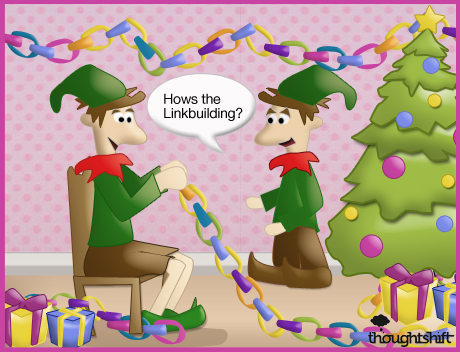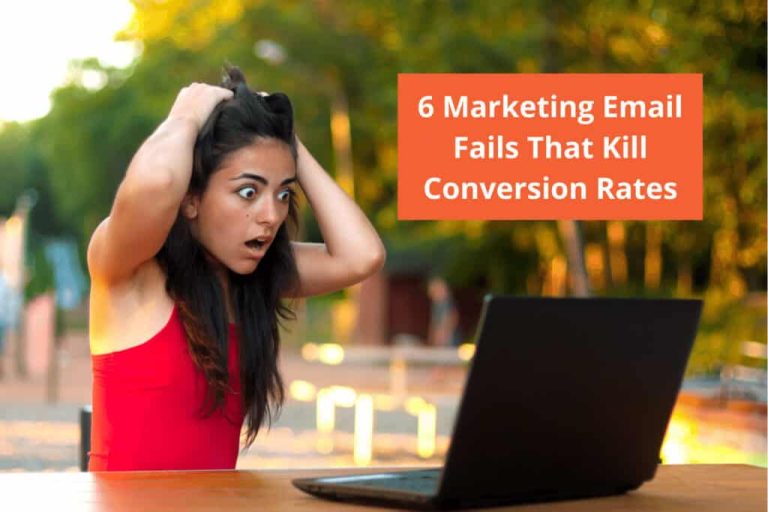Social media may be the latest mainstream digital marketing activity to be embraced by businesses big and small but it is not as unique and unchartered as many social media managers would have you believe! I recently attended a Lithium Community Manager training course where the programme bio was:
“We’ve delivered 100+ thriving communities in the past decade and our extensive library of best practices for Community Managers covers everything from running a successful launch, to driving community growth to maintaining desired performance levels.”

In this Lithium were referring to their community platform which businesses can use to create ‘owned’ communities such as forums, Q&A sites, customer support portals and combinations of the above, which are usually hosted on their website or a sub-domain. However, we saw a strong correlation between how businesses manage owned/onsite communities and offsite communities. Below are some of the key take-aways from that training which should be applied to business social media management, particularly when developing social media strategies and setting up a presence on social media platforms.
Social Media Profile Conversion Optimisation
The purpose of your presence on a social media platform could range from brand awareness, to marketing, to customer support, to community management, to lead generation. In any of these cases the first step to achieving that objective is to get the user to endorse your account whether that is Liking a Facebook Page, Following a Twitter account, Subscribing to a YouTube channel and so on. So, when a user finds your social media account profile it should entice them to take that first step. Three top tips are:
- Show signs of life – make sure you update your accounts frequently
- Show indications of volume – that there is something worth endorsing you for
- Show clear paths – where users can find the more specific information that they may be looking for
Types of Interaction on Social Media
Most social media platforms allow the following types of interaction:
- Forum-style where users publicly post a message and others can respond
- Question and answer style where users publicly post a question and others can answer
- Ideation style where users publicly post ideas
You should allow and encourage these types of interactions to happen on social media, in a place where you have influence and the ability to respond appropriately i.e. your profile. You should respond to interactions within a reasonable timeframe, the good, the bad and the ugly.
Social Media Content Planning
Content is the basis of all social media activity, if you don’t post any content then there is nothing for users to interact with. In your social media strategy you should create a fixed 12 month content calendar which includes:
- All business events
- Any relevant seasonal factors (e.g. Christmas or the BAFTAs)
- Planned marketing activity
- Planned product/service launches
- Community anniversaries (e.g. our Twitter account is 2 years old or we have reached 5,000 Likes (date can obviously be guessed and flexible here))
This will give you a very thorough and realistic overview of everything that needs to be incorporated into your social media activity. It will help to identify and plan the required resource for managing your social media activity successfully.
On a quarterly basis you can then create actionable plans of what you are going to do on your social media accounts. These should include:
- How to promote all the planned events/marketing activity/product launches etc identified in your 12 month plan
- How to respond to queries, feedback or mentions relating to the above (good, bad and in-between)
- ‘Normal’ activity (e.g. promoting blog posts and responding to users)
Onsite communities have been around for a while longer than offsite, social media communities and there is a big opportunity for Social Media Managers to learn from their more experienced Community Manager cousins on the best ways to get the most out of a community for tangible business benefit. This post has barely touched the sides, so follow my posts about social media and content to find out more…






